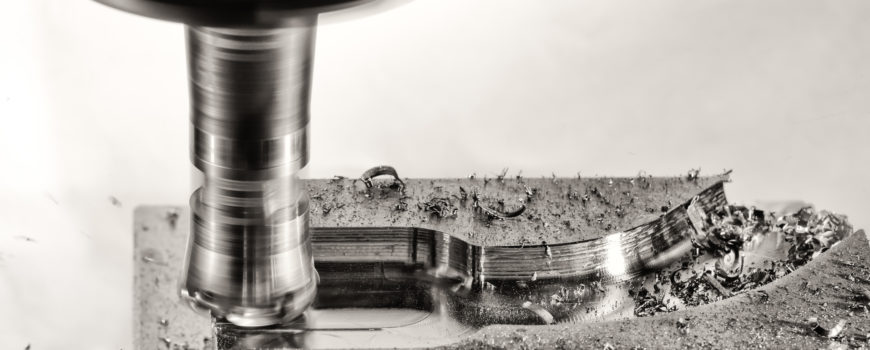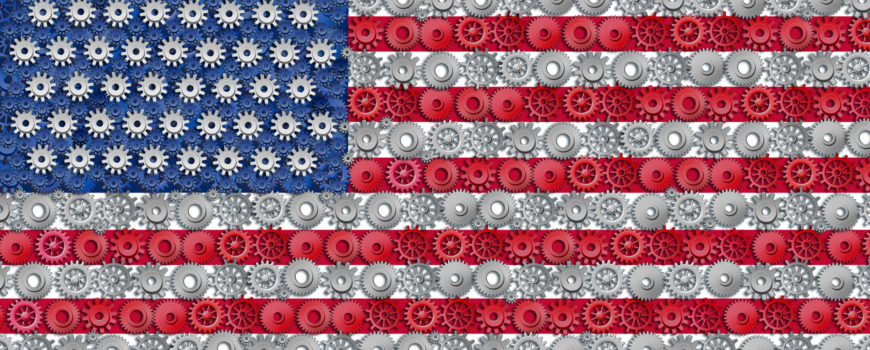Computer Numerical Control (CNC) technology has revolutionized modern manufacturing in the US. With CNC machining, the role of a CNC machinist (operators) has reduced significantly. The operator only feeds instructions in the computer, set up the required tools, feed the materials in the machine, and control speed leaving the computer to do the rest.
Given the complexity and technicality of the CNC machines, the operators need top-notch skills for set-up and programming. CNC machinists are fabricators, builders, mechanics, craftsmen and quality assurances making them difficult to find. Below are 6 tips for hiring the perfect CNC machinist;
Consider All Means of Advertising
Although the manufacturing industry looks promising, there’s a real scarcity of machinists in the US. Other than placing your ads in the local newspaper, radio, monster and indeed, Craigslist is also a good starting point that most take for granted.
While at it, expand your search to major cities rather than concentrating on your locality. Make it easy for applicants to reach out by leaving the company’s details guiding to the company’s website for a direct application.
Go Searching in the Nearest Technical Schools
Although most of the technical schools in the US have shifted away from CNC machining, you can still find a local mechanical engineering schools approach. Approach a couple of potential job candidates just before graduating before all of them are taken. Consider expanding your search to other states.
Train the Applicants Desired to Learn and the Drive to Succeed
In as much as you’d bring skilled workforce aboard, it may not be possible as fresh graduates from the US manufacturing schools may have no experience. But you can choose the talent with attention to detail and drive to learn and succeed then teach them on the job.
Promise to increase their wages over time after the training, so they don’t run away to greener pasture after the training.
Set an Exam for the Ideal Candidates
Resumes are just a means used by prospective applicants to show off their supposed skills and abilities. Undoubtedly, resumes will help you separate the chaff from the grain. However, comparing the applicants solely by their resumes would be a disservice to the company. Some of the best machinists do not have the best resumes.
Instead, consider giving the applicants a test to gauge their basic knowledge of the CNC machining. Some people get intimidated by a written test. Prepare a list of relevant questions and ask them verbally.
Involve Other Machinists in the Interviewing and Hiring Process
Company Machinists have a proper understanding of the machines and other tools. They can help structure a test the cuts across all areas of the job. Involve in chit-chat to keep the interviewees at ease before hitting them with the tough questions.
Allocate enough time for the prospective employees to spend time in the shop together with the interviewers so you can check out how they handle the machines.
Hiring a CNC machinist can be a daunting task. The tips above should help you land the best candidates with ease. Tag Team Manufacturing is a modern manufacturing company specializing in machining CNC for OEMs in almost all industries. We can produce over 50,000 components annually and have the skills necessary to work closely with the engineers in producing prototypes. We’re working continuously to improve and develop our processes and capabilities.











